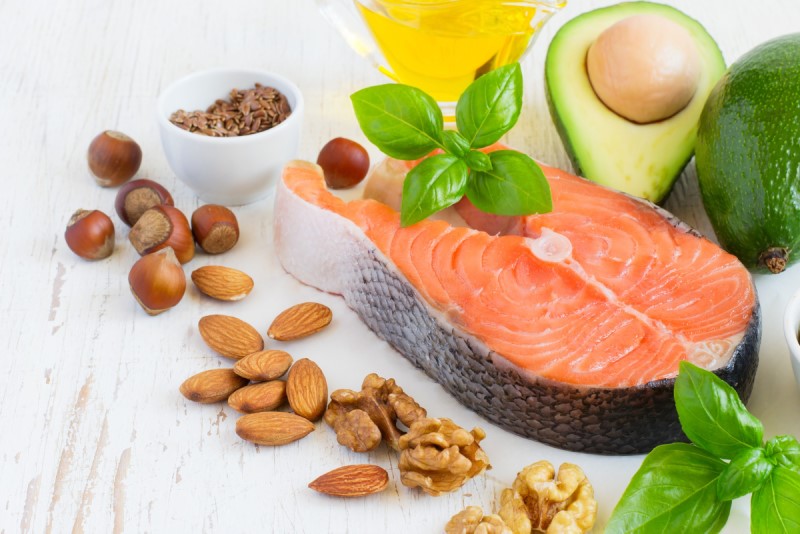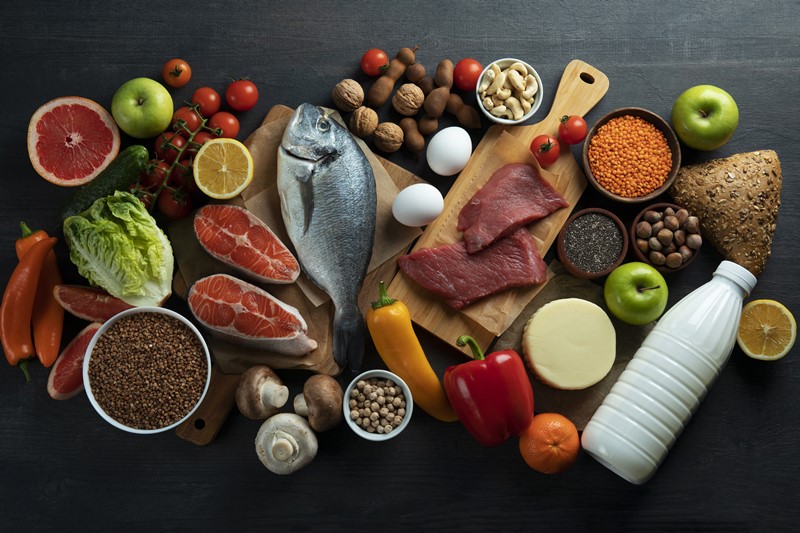Nonalcoholic steatohepatitis (NASH) is a type of liver disease that affects millions of people worldwide. NASH is a condition that develops when too much fat is stored in liver cells, leading to inflammation and damage. One of the most effective ways to manage NASH is through dietary changes. In this article, we will explore the role of fats in NASH and how they can be managed through a healthy diet.
First, it’s important to understand the difference between healthy and unhealthy fats. Healthy fats, such as those found in nuts, seeds, and fatty fish, can be beneficial to the liver and overall health. Unhealthy fats, such as those found in processed and fried foods, can contribute to inflammation and liver damage. It’s important to limit unhealthy fats in the diet and replace them with healthy fats.
In addition to choosing healthy fats, it’s important to focus on overall calorie intake. A high-calorie diet can contribute to liver damage and inflammation. Weight loss can improve liver health and is often recommended for those with NASH. However, rapid weight loss can also be harmful to the liver. It’s important to aim for slow, steady weight loss through a healthy diet and regular exercise.
Another important aspect of a healthy diet for NASH is limiting sugar and carbohydrates. High levels of sugar and carbohydrates can contribute to inflammation and liver damage. It’s important to choose foods with a low glycemic index, which means they have a minimal impact on blood sugar levels.
In summary, a healthy diet is crucial for managing NASH. Choosing healthy fats, limiting calories, and reducing sugar and carbohydrates can all contribute to better liver health. It’s important to work with a healthcare provider or nutritionist to develop a personalized diet plan that meets individual needs and goals.
“DietSensor NASH” for iOS (download here) is a nutrition coaching app specialized in Nash to help patients affected by the disease tackle and if possible reverse it. It provides daily guidance, meal plans, a meal generator to match your preferences, nutrition education, macronutrient tracking, and a chat with a dietitian. It starts at the price of $49 to make sure anybody has access to its science-backed content.
References:
A Guide to What and How to Eat for Non-Alcoholic Fatty Liver Disease. Baylor College of Medicine. https://www.bcm.edu/sites/default/files/a-guide-to-what-and-how-to-eat-non-alcoholic-fatty-liver-disease.pdf
NASH diet: Foods to eat and avoid. Medical News Today. https://www.medicalnewstoday.com/articles/nash-diet
Nash Diet Tips to Help Reverse Fatty Liver Disease in 2020. Nash Facts. https://nashfacts.com/nash-diet-tips-to-help-reverse-fatty-liver-disease-in-2020/




